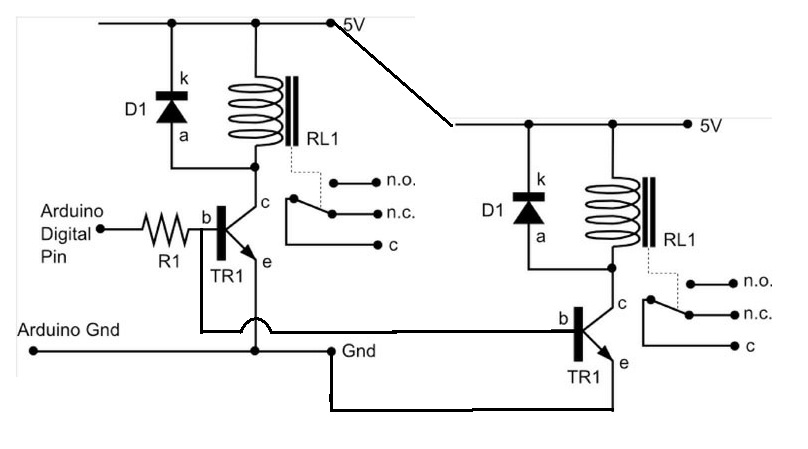//simple combined thermostat/boil control for Arduino.
void setup(){
int mode = 2; //read switch on digital pin 2 to detect mode (mash or boil)
int probe = 5; //temp probe connected to analog pin 5
int elements = 3; //element relays connected to digital pin 3
float deadband = 3; //amount of temperature hysteresis
float setpoint = 128; //default setpoint, in raw ADC counts, have to calibrate this
//float setpoint = analogRead(potentiometer) //or have a convenient temperature setpoint knob
float reading; //variable to hold the temperature reading
//do other stuff
}
void loop(){
if (mode){ //if switch is set to 'mash' mode, do this
float setpoint = analogRead(potentiometer) //read the setpoint dial
reading = analogRead(probe); //read in the temperature. Will be 0-255.
if (reading < setpoint - deadband/2){ //it's too cold, turn on the elements
digitalWrite(elements, HIGH);
} else if (reading >= setpoint + deadband/2){ //it's too hot, turn off the elements
digitalWrite(elements, LOW);
}
delay(1000); //check once per second
}
if ( !mode){ //if in 'boil' mode, do this
setpoint = analogRead(potentiometer) //read the setpoint dial to adjust boil vigorosity
digitalWrite(elements, HIGH);
delay (setpoint *5000 / 255); //stay on 5 seconds if dial is WFO, 0 seconds if it's off
digitalWrite(elements, LOW);
delay(255 - (setpoint *5000 / 255) ); //stay low 5 seconds if dial is off, 0 seconds if it's WFO
}
}
 )
)
 )
)




